
Dyckia reitzii rubra adult form.
It will get even more redder that this and in fact in my opinion this is one of the most spectacular plants.Bellow you see its juvenile seedling.

Dyckia reitzii rubra lives on a only one spot in nature.
Maybe we shall find other ones, other occurrences and other forms.
Reizii is well distributed on the highest mountains South of Brazil.
We do not find retzii where snow and frost do not occur.
The plant gets damaged by the extreme cold but it never dies.
Today, May 8th, some of its habitats presented -10 degrees Centigrade
and the winter is still ahead.
The plant always recovers from cold. Grasses burned by the cold present danger to the plant as this dry grass can get afire and this fire kills the plants. This is the main reason the plant is not found on the plains of the highlands. The plant is found only on rocks where grasses have a hard time to grow.

Below we can see the three plants together...
Literally living together, growing together...
http://www.youtube.com/watch?v=XQLvhvRjBbs
I love music and songs and this is a beautiful one...

This is also a Dyckia reitzii rubra.
It presents juvenile leaves ´cause the plant got crested.
This cresting induced the sprouting of many heads and so juvenile plant looks.
Below you see a rubra one and the crested one.

Here we see two Dyckia reitzii seedlings collected in wilderness.
The above is a green form and bellow the rubra one.
Notice the leaves are narrow for these are juvenile plants.

This is the adult green form of Dyckia reitzii and the described one.
This plant here is part of the plant Father Raulino Reitz used for describing the plant.
This came from a Reitz´s friend in Porto Alegre, a medical doctor and a real botanist
Dr. Jones Caldas (Dyckia jonesiana). I met Dr. Jones and I got impressed by this gentleman, his knowledge and his kindness, a person I am proud to have met.
This plant here is cultivated in a pot and if on the ground the leaves would be wider than they are here.
Narrow leaves on Dyckia reitzii indicate a juvenile plant or a plant kept not on a best way as well fed plants tend to present wider leaves. This is here in my garden and needs an even larger pot and also be fed more properly.
Well did you get surprised?
Dyckias surprises us all all the time.
Dyckia reitzii is found in the border of Santa Catarina and Rio Grande do Sul on highs above 1500meters above sea level and it is also found on two peaks here close by where I leave.
It was found on the eastern limits of Santa Catarina and Paraná, living on a 1.750 meters high peak.
...and now you will be really surprised: there are a silver one!
Here we can see a young seedling:
This is a very young plant, a seedling from wilderness collected seeds.
I do not know the adult plant. but I will for sure.
Young reitzii plants do not present black spines. They get black as the plant ages...
Here you can see some pictures on the Joinville A Notícia Journal today edition (I live in JHoinville NE Santa Catarina). It show some ice here in Santa Catarina today. Dyckia reitzii lives on these areas.
http://anoticia.clicrbs.com.br/sc/geral/fotos/madrugada-mais-fria-do-ano-36440.html
It says the coldesd dawning in the year.
(Notice the winter has not come yet.)
.
.
.
Dyckias surprises us all all the time.
Dyckia reitzii is found in the border of Santa Catarina and Rio Grande do Sul on highs above 1500meters above sea level and it is also found on two peaks here close by where I leave.
It was found on the eastern limits of Santa Catarina and Paraná, living on a 1.750 meters high peak.
...and now you will be really surprised: there are a silver one!
Here we can see a young seedling:
This is a very young plant, a seedling from wilderness collected seeds.
I do not know the adult plant. but I will for sure.
Young reitzii plants do not present black spines. They get black as the plant ages...
Here you can see some pictures on the Joinville A Notícia Journal today edition (I live in JHoinville NE Santa Catarina). It show some ice here in Santa Catarina today. Dyckia reitzii lives on these areas.
http://anoticia.clicrbs.com.br/sc/geral/fotos/madrugada-mais-fria-do-ano-36440.html
It says the coldesd dawning in the year.
(Notice the winter has not come yet.)
.
.
.














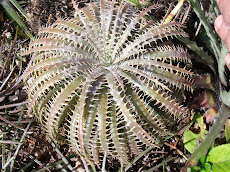
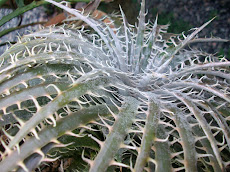

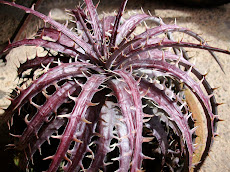

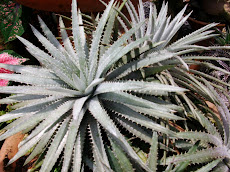

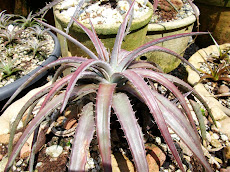
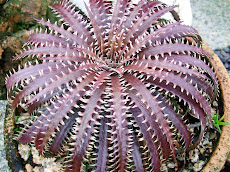


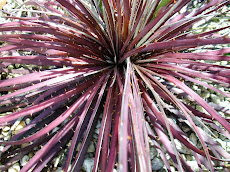
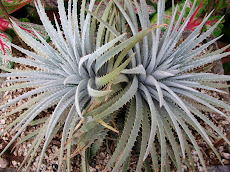
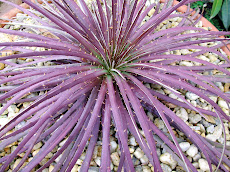

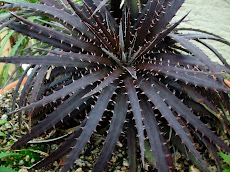
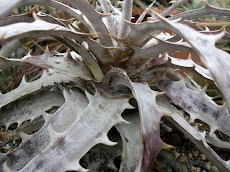

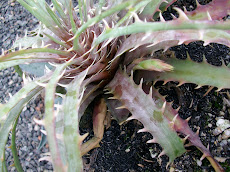

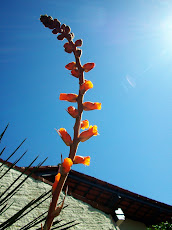
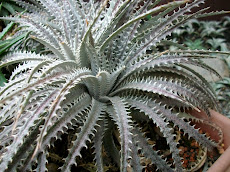

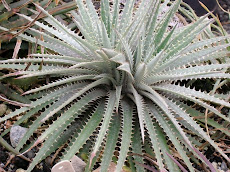
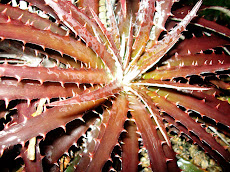
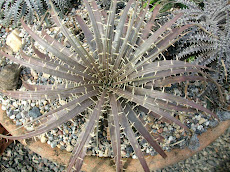

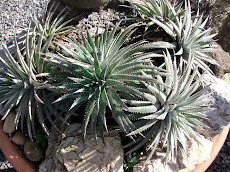
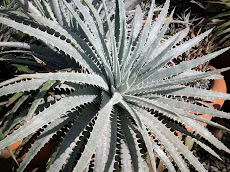


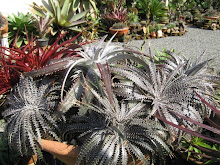
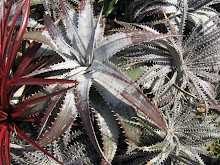
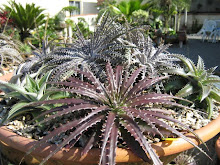
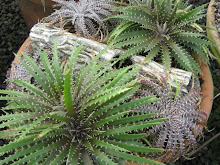
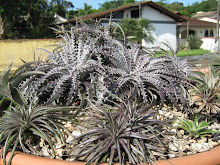


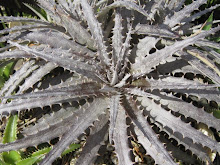
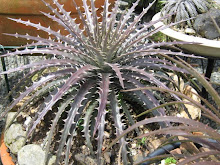
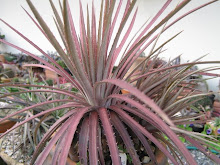

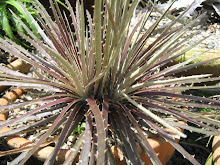
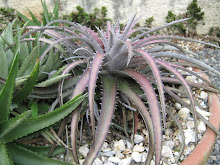
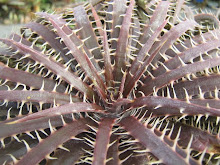



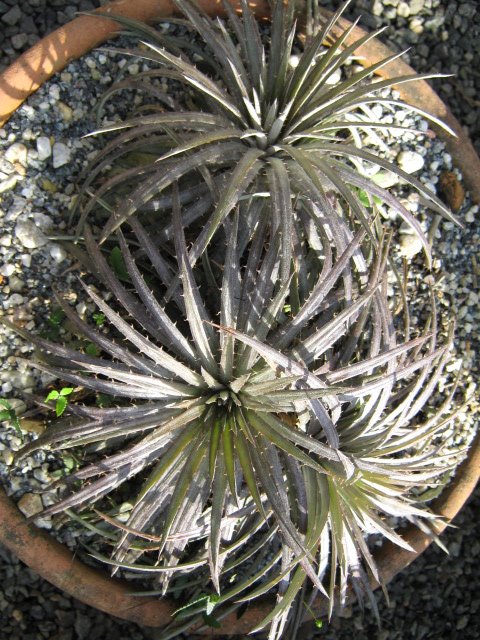
No comments:
Post a Comment